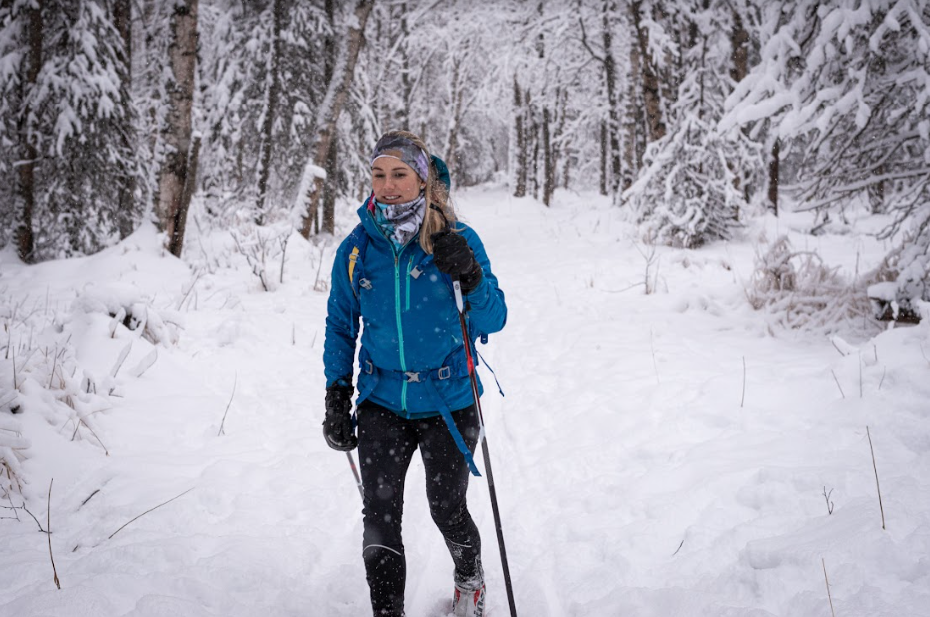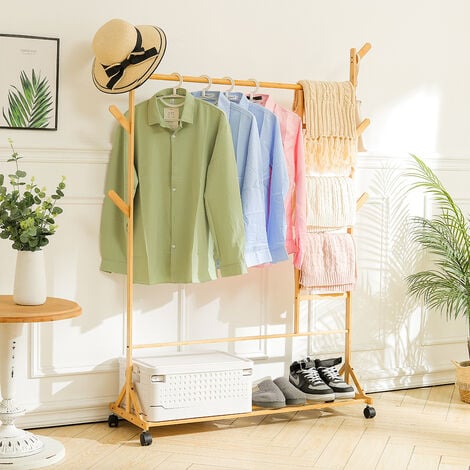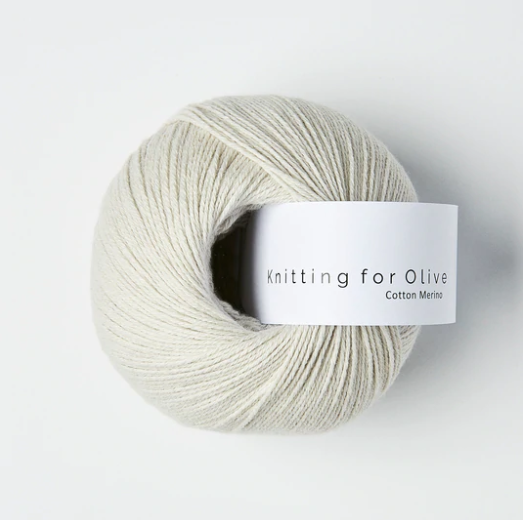Updated Merino Wool Base Layers Guide
Wiki Article
Why Is The Yak Merino Wool Base Layers Beneficial For Winter Sports Clothing With Regards To Natural Fiber Benefits?
Renewable and sustainable, Yak Merino wool base layer is extremely effective in winter sportswear and not just because it performs well, but also because of its natural fiber advantages.
Merino and Yak wool are both derived from natural fibers. These natural resources can be harvested without harming any animals. They are biodegradable and do not cause harm to the environment.
Low Environmental Impact
Natural fibers produce less pollution than synthetics. The process of harvesting and cultivating wool requires less chemical processing and are not dependent on non-renewable resources compared to synthetic fibers.
Energy EfficiencyEnergy Efficiency
The processing of wool fibers takes less energy compared to synthetic fibers, such as polyester or nylon. Natural wool manufacturing is energy efficient, which results in lower carbon emissions.
Minimizing Microplastic Pollution
Natural wool fibers don't pollute lakes with microplastics as do synthetic fibers.
Recyclability, Longevity and Durability
Yak merino clothes can last an extended time and are extremely durable. In addition, wool fibers can be recycled or repurposed which reduces waste and environmental impact.
Sustainable Practices
Some wool manufacturers and producers follow ethical and sustainable practices. They are careful to ensure the health and welfare of animals, a good land management, and fair work conditions for their employees.
Environmental Certification-
Certifications such as the Responsible Wool Standard and the Global Organic Textile Standard verify ethically and environmentally responsible practices of wool production. This gives consumers assurance regarding sustainability.
Overall, yak merino base layers conform to the environment by coming from natural, renewable sources that have the least environmental impact in production and, often, incorporating ethical and sustainable practices throughout the supply chain. This is because natural fibers are sustainable. Check out the top his response about merino wool base layer for more info including ski base layer womens, merino wool underlayer, wool thermals, merino wool base layer pant, wool thermal base layer, terramar merino woolskins, merino ninja suit, best thermals for skiing, spyder baselayer, wool base layer womens and more.

What Are The Benefits Of Wearing Outdoor Winter Clothing Made From Bamboo? Of Comfort, Sustainability As Well As Protection?
Comfort, sustainability and protection are three of the many benefits that bamboo clothing can offer for winter outdoor clothing.
Bamboo fabric is smooth and soft making it soft on the skin. It is often compared with silk or cashmere for its lavish appearance.
Bamboo fibers possess moisture-wicking characteristics, which pull moisture away and keep the wearer dry and comfortable while they are engaged in physical exercise.
Thermal Regulation- Bamboo clothing has natural temperature-regulating properties, providing warmth in winter while remaining breathable to prevent overheating.
Sustainability-
Bamboo is an eco-friendly resource. It can grow quickly and without pesticides or chemical fertilizers. Bamboo is a plant that regenerates quickly, making it an environmentally friendly option.
Bamboo has a low environmental impact. Bamboo farming typically uses less water than conventional cotton farming, and doesn't deplete soil nutrients. Bamboo absorbs and releases CO2 more than any other plant.
Protection for Outdoor Wear-
UV Protection – Bamboo fabric has natural UV-resistant qualities that provide protection from harmful UV radiation.
Bamboo is an antimicrobial that is a natural ingredient, referred to as "bambookun," and it assists in preventing the growth of bacteria which cause odor. This helps keep clothes fresher for a longer period of time, especially when you are doing outdoor activities.
Additional Benefits
Bamboo fibers are abrasion-resistant and resistant to wear, making them ideal for outdoor clothing.
Biodegradability. Bamboo clothes are biodegradable. They can decay naturally when they reach the end of life, reducing the environmental impact.
For winter outdoor clothing, the bamboo fabric provides an array of comfort and thermal control. It also helps control moisture and is sustainable. Check out the top bamboo clothings examples for website info including bamboo undergarments, yala pajamas, bamboo dress socks, bamboo tee shirts women, bamboo viscose pajamas, yala pajamas, bamboo t shirts womens, bamboo tee shirts mens, bamboo dress shirt, bamboo infant clothing and more.

How Do Bamboo And Merino Clothing Compare To Wool In Terms Of Texture, Warmth And Absorption?
Texture is the most important factor to consider when comparing merino clothing with traditional bamboo and wool clothing.
Merino Wool Merino Wool is made of finer fibers and is softer than traditional wool. It is generally thought of as being more comfortable on the skin.
Clothing that is made from bamboo- Bamboo is smooth, silky fabric, often compared to cashmere and silk. It's silky and soft, making it comfortable to wear.
Traditional Wool: Traditional wool is available in a variety of different textures. Some are more coarse than others and could cause discomfort or itchiness.
Warmth-
Merino Wool Merino is an excellent wool to warm yourself due to its insulation properties. It retains its heat, even when wet. This makes it an excellent insulation material in cold weather.
Bamboo Clothing Bamboo Clothing warm, however it doesn't provide the same level of insulation as merino. However, it regulates body temperature well, providing comfort in various conditions.
Traditional Wool- Similar to wool from merino sheep, wool traditional provides warmth and insulation. Traditional wool is more heavy than bamboo or merino clothing.
Moisture Absorption-
Merino Wool Merino Wool, with its exceptional moisture-wicking capabilities, draws moisture away from the skin, allowing it to evaporate. It is warm when it is damp.
Bamboo Fabric Bamboo is known for its moisture wicking abilities, which means it can remove moisture and provide ease during physical activities. It is able to regulate humidity and keeps the wearer drier.
Traditional Wool- Although wool can take in moisture, it may not have the same properties of moisture wicking as bamboo or merino fabric. Some types of wool can be heavy and spongy when it is wet.
In summary, merino has an enviable reputation for softness, warmth and efficient moisture wicking. Bamboo clothing has a smooth texture and is warm and has good moisture regulation. Traditional wool could have a different texture, and provide warmth and moisture absorption, however they are more coarse or heavier when compared with the bamboo or merino clothes. Each material has different properties to accommodate different tastes in clothes. Follow the recommended merino winter clothing for more recommendations including ll bean merino wool base layer, best long underwear for skiing, smartwool 250 base layer women's, ski thermals, omniwool base layer, best merino wool base layer women's, men's wool leggings, wool long johns women's, baselayer bottom, long johns for skiing and more.
